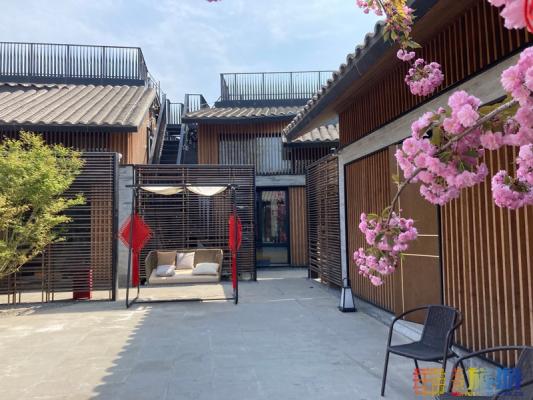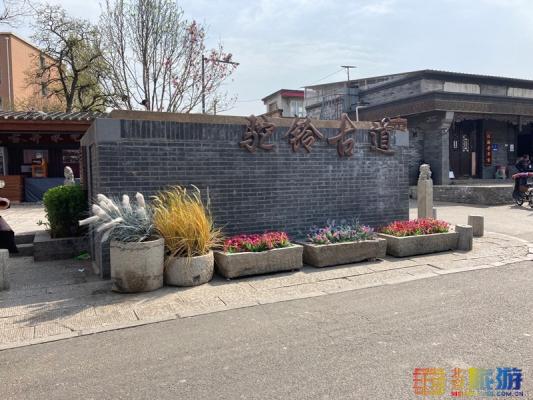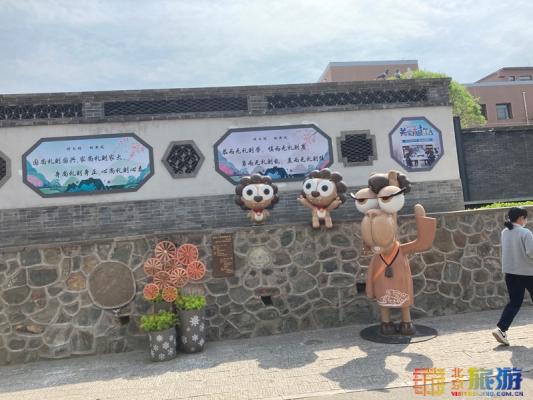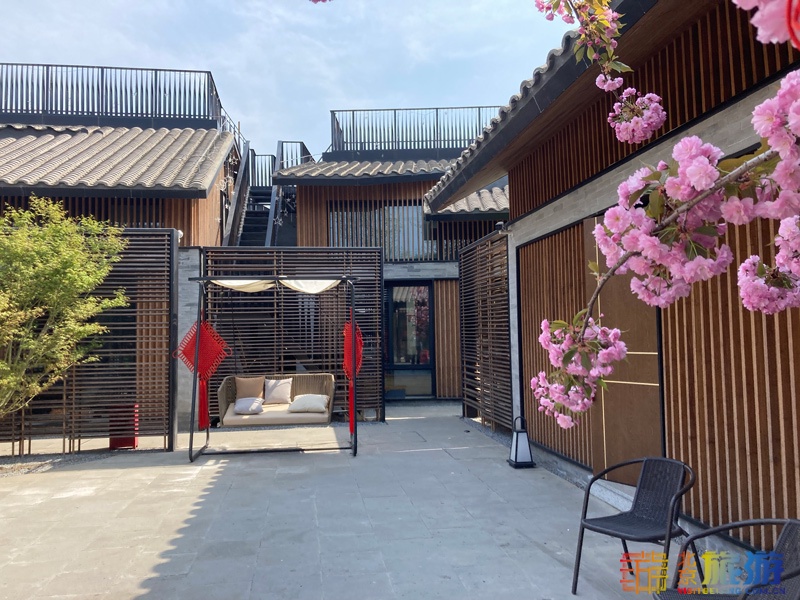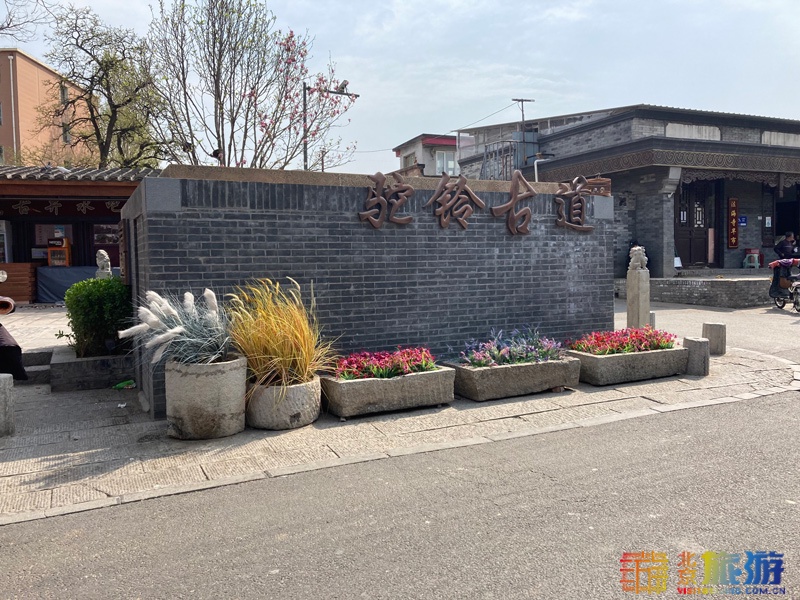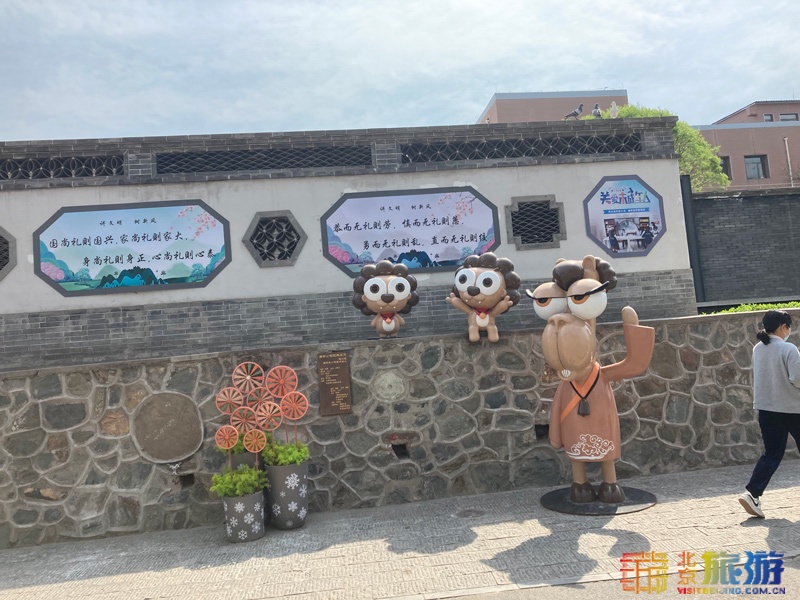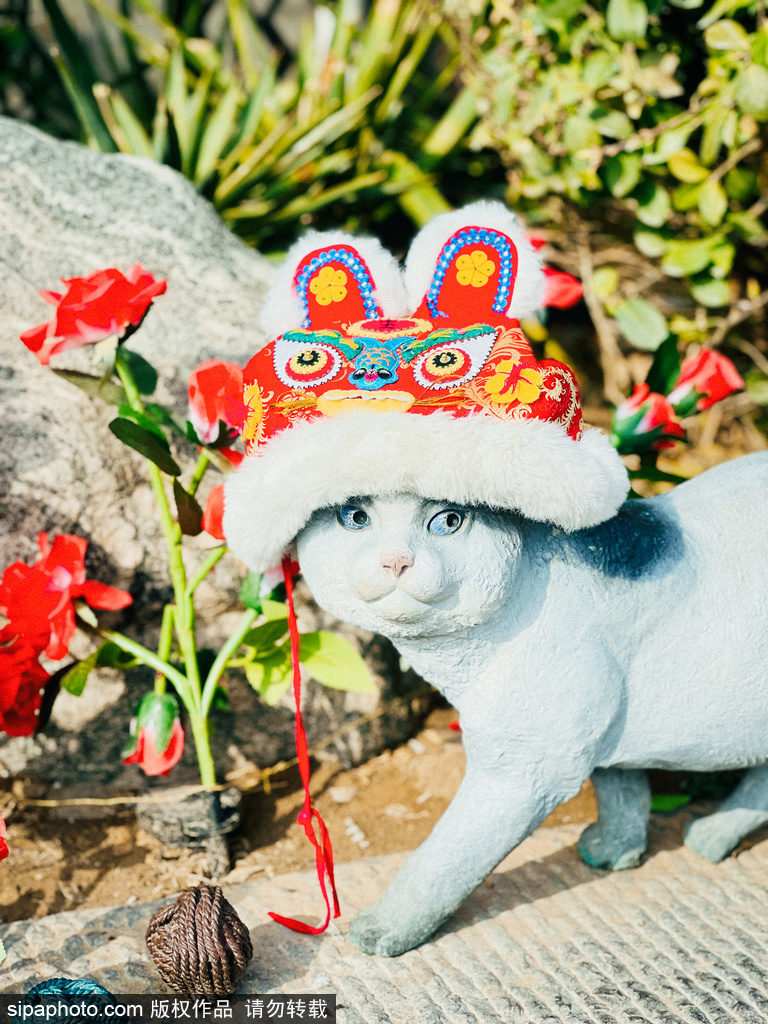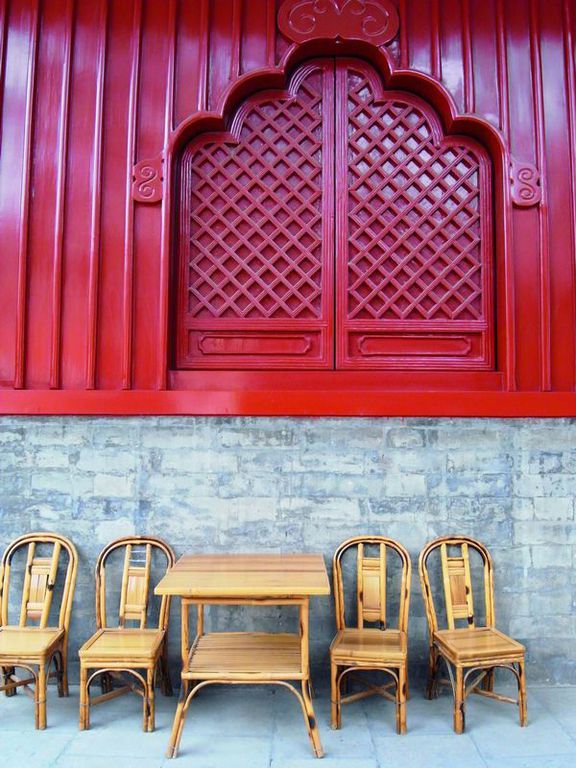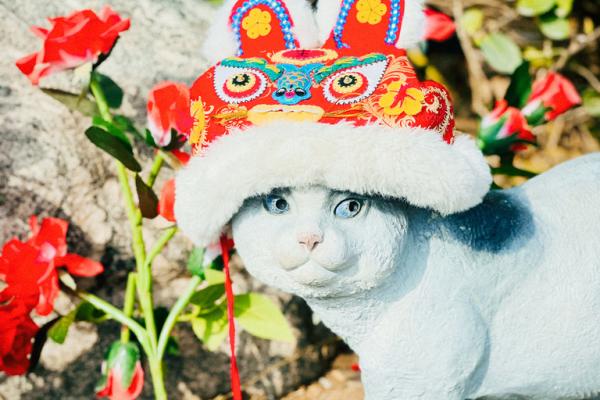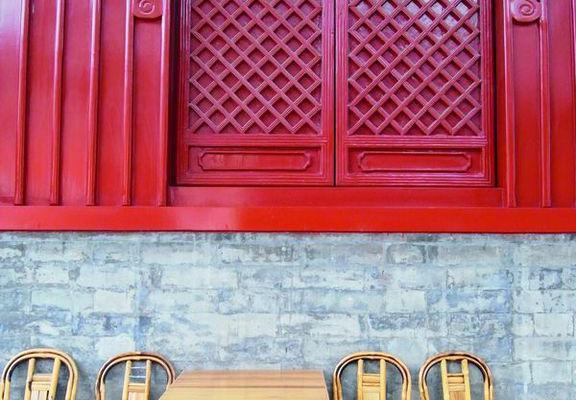Moshikou Historical and Cultural Block(模式口历史文化街区)
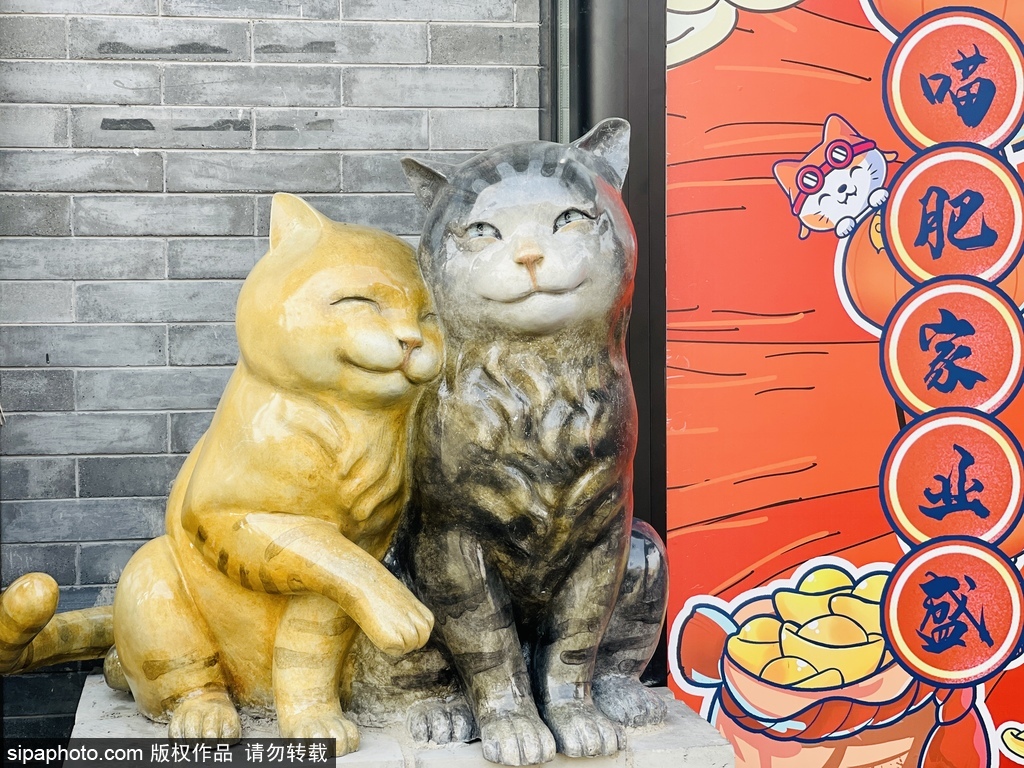
-
Tel:
Null -
Duration:
3-4 hours -
Admission:
Free. Free. -
Opening Hours:
All year round
Description
Moshikou Historical and Cultural Block(模式口历史文化街区)
Moshikou Historical and Cultural Block (模式口历史文化街区) is a representative historical block in Beijing and an important node of the ancient path in the west of Beijing, with unique and rich cultural heritage and memories. Its physical cultural legacy includes the dragon-shaped street, Camel Bell Ancient Path, Fahai Temple, the Yanjing Eight Palace Handicrafts Museum, and Shijingshan District Stone Carving Relics Park.
Moshikou Street is located in Shijingshan District. Its name lit...
Moshikou Historical and Cultural Block(模式口历史文化街区)
Moshikou Historical and Cultural Block (模式口历史文化街区) is a representative historical block in Beijing and an important node of the ancient path in the west of Beijing, with unique and rich cultural heritage and memories. Its physical cultural legacy includes the dragon-shaped street, Camel Bell Ancient Path, Fahai Temple, the Yanjing Eight Palace Handicrafts Museum, and Shijingshan District Stone Carving Relics Park.
Moshikou Street is located in Shijingshan District. Its name literally means a model for all villages. It was an important town in west Beijing during the Ming and Qing dynasties. This is where Xiangzi, the protagonist of Lao She’s novel Camel Xiangzi lived.
To meet the demand for passing down the history, improving the living environment and protecting the ecological environment, the Area has set the development objectives as follows: to preserve the cultural heritage and nostalgia, and build a happy and livable neighborhood and an eco-friendly leisure area with well-preserved history and culture, improved functions and environment. In other words, it aims to become a block not only for history and cultural preservation and display, but also for tourism, leisure, and multi-purpose residential complexes.
Latest News
Explore

The Quaternary Glacial Relics Exhibition Museum of China (中国第四纪冰川遗迹陈列馆)
The Quaternary Glacial Relics Exhibition Museum of China is located in Moshikou, Shijingshan District and south of Cuiwei Mountain in the western suburban area of Beijing. It is about 20 km away from downtown Beijing.
Fahai Temple
Built in the 4th Zhengtong year of the Ming Dynasty (1439), Fahai Temple is located in Cuiwei Mountain, Shijingshan District, Beijing. Fahai Temple is home to the most well-preserved, the largest murals of the Ming Dynasty. The murals beat their peers in the Ming Dynasty in terms of artistic value, painting techniques, and wholeness, and are on par with Dunhuang grotto murals.
Tianjin Ancient Cultural Street
Opened on 1986, Tianjin Ancient Cultural Street simulates the architectural style of folk building in Qing Dynasty. The street is located in the northeast corner of Nankai District, Tianjin, and along the west bank of Haihe river. As a commercial pedestrian street, it is granted as a 5A-level national spot.
Do You Know

The History of Moshikou Historical and Cultural Block
It was first built in the Western Zhou Dynasty. In ancient China, the 1,500-meter-long street paved with stone slabs was the trunk road leading to the capital city, and of great strategic importance for it connected the capital city in the east and the ethnic minorities in the west.
